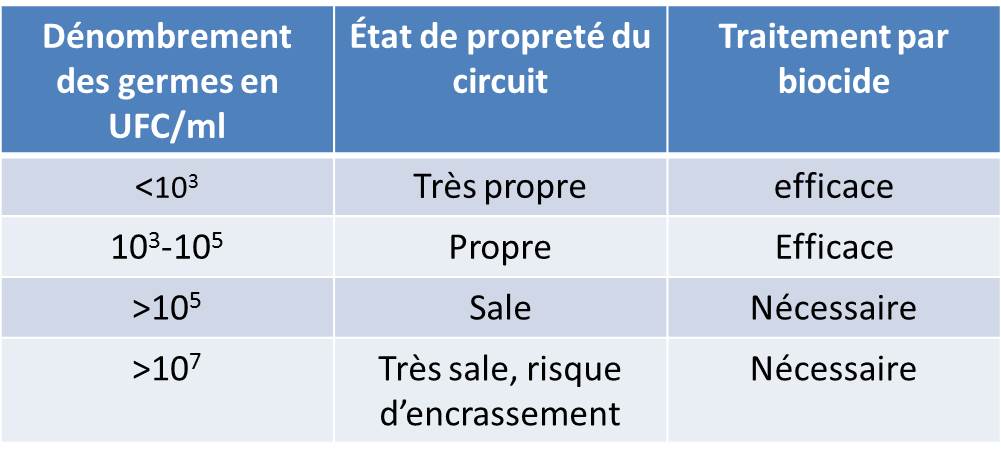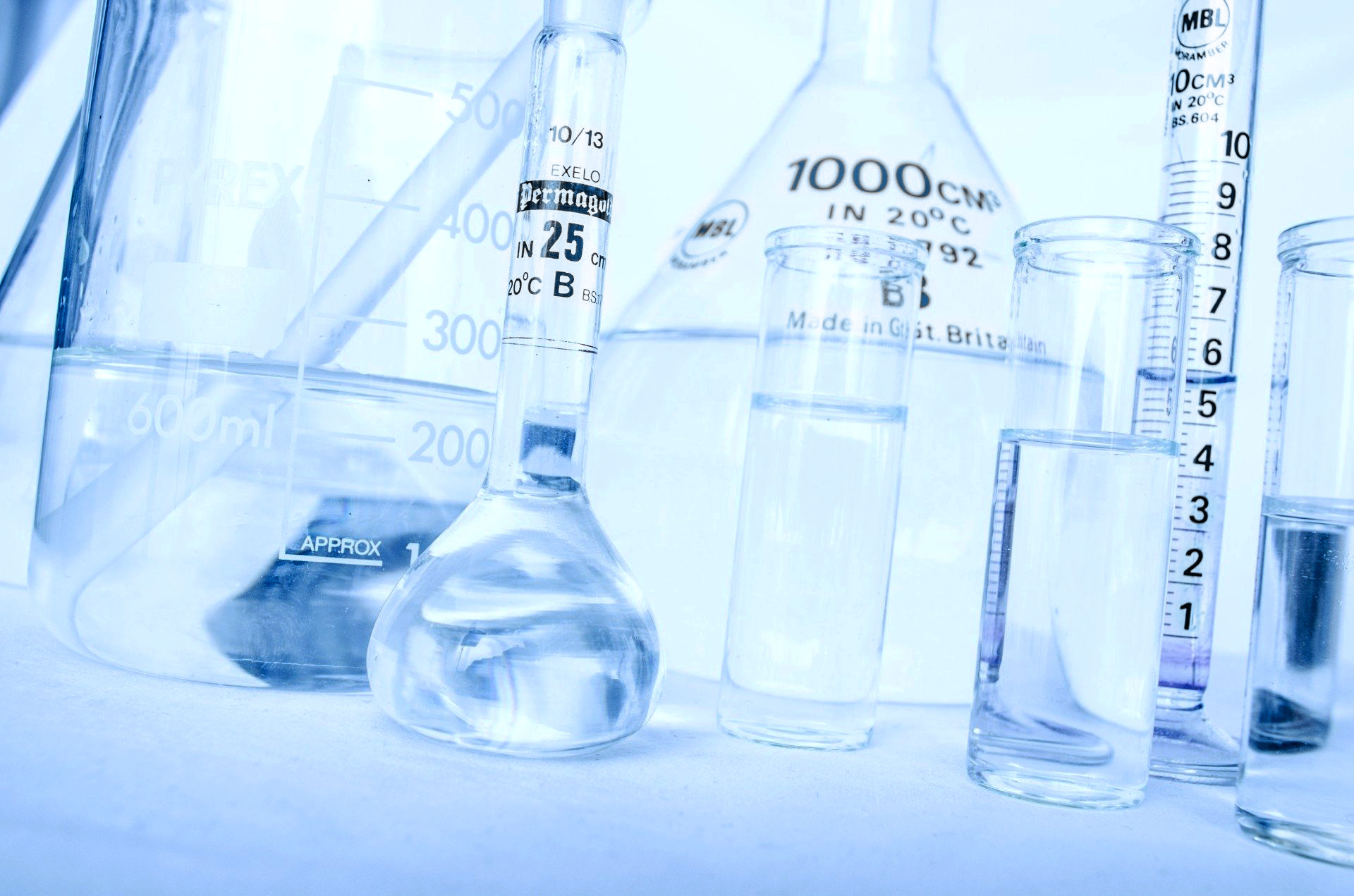Water microbiology addresses various types of water that do not have the same requirements as:
Drinking water, intended for food in which the presence of certain germs can be harmful to human health. Problems linked to their presence are well controlled thanks to microbiological quality controls and systematic disinfection treatments.
Bathing waters must comply with the EU Bathing Water Quality Directive 2006/7/EC, which mainly requires monitoring of Intestinal Enterococci (standard NF EN 7899-1 ) and Escherichia coli (standard NF EN 9308-3 ).
The waters of public swimming pools for which the Public Health Code lays down rules on hygiene and safety relating to the installation, development and operation of swimming pools. A number of physical, chemical and microbiological standards for pool water must be observed: pool water must be filtered, disinfected and disinfected (article D.1332-2 of the Public Health Code)
Industrial cooling water that needs to be treated to keep corrosion at an acceptable level, maintain good heat exchange, eliminate bacteria, some of which can be deadly such as legionella.
Problems encountered
Pollution by micro-organisms is the major problem of cooling systems in industry and can occur :
- Reduced heat transfer in heat exchangers due to microorganism deposits
- Reduced water circulation in the condensation pipes
- Clogged pipes in heat exchangers can cause breakdowns and reduced productivity.
- The corrosion of metal by micro-organisms has become the main problem for industrialists.
- Development of legionellosis
- Relatively insoluble minerals such as calcium carbonate, calcium phosphate and magnesium silicate can precipitate out of the water, forming deposits.
Microbiological deposits can be made in a very short time (between 4 and 8 hours). They are mostly fast-growing, heavily encapsulated bacteria such as Aerobacter, Arthrobacter...Proteus, Bacillus, Pseudomonas...…
Originally, there are non-microbiological substances (silt, various debris contained in the cooling water). Microorganisms, especially filamentous ones, cause the non-microbiological debris to become suspended.
It is therefore necessary to be able to control the level of microbial pollution in the circuit water in order to better identify potential problems that may arise and thus plan a treatment with an effective bactericide, fungicide.
Complete identification of the microbial flora and fauna present is not necessary.
The counting of total aerobic bacteria and fungi and yeasts by the MICROTEST A is a good indicator of the cleanliness of the circuit. The values given in the table below are generally accepted for assessing the state of cleanliness of a circuit as well as the effectiveness of a biocidal treatment.

In most cases, the counting of aerobic bacteria, fungi and yeasts as well as the semi-quantitative investigation of sulfate-reducing bacteria with the MICROTEST SR is enough to control the treatment of the circuit with a biocide.


